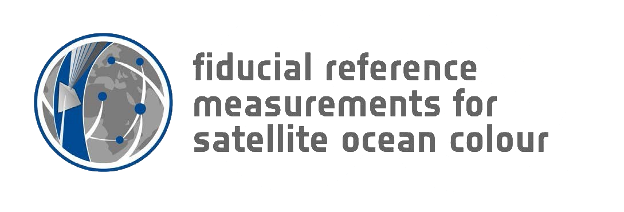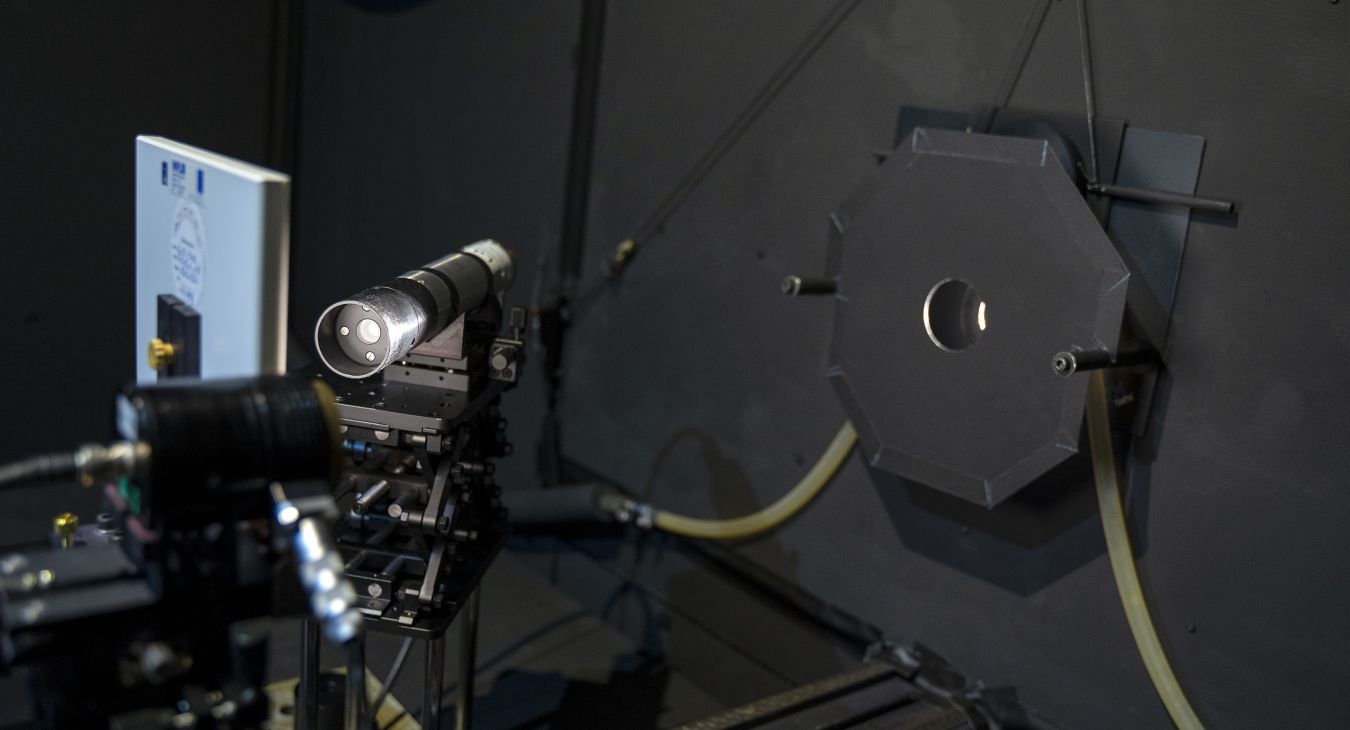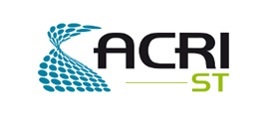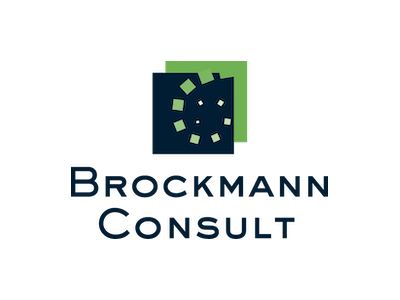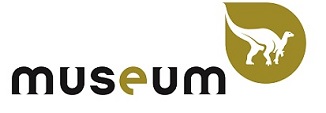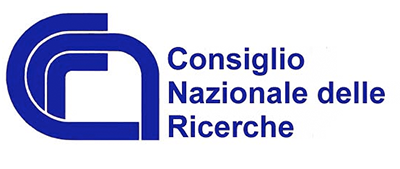By Viktor Vabson
viktor.vabson@ut.ee
During the 2022, TU is piloting a targeted laboratory comparison measurement with altogether six participants from Europe and US. At present, the measurements are going on according to the time schedule, and completion is planned in August.
The absolute radiometric calibration comparisons will be implemented through a round-robin comparison of each participant’s irradiance and radiance calibration capability using ocean colour transfer radiometers. The transfer standards are two TriOS-RAMSES and two Satlantic-HyperOCR instruments. The measurand is the responsivity calibration factor determined for all transfer radiometers using participant’s own SI-traceable spectral irradiance and radiance reference standards, and own standard calibration procedures. In addition, characterization of non-linearity, polarization sensitivity and angular response of transfer radiometers is proposed if available. All participants must be able to document their traceability to SI for both irradiance and radiance measurements via appropriate calibration certificates and to evaluate their associated uncertainties.
The pilot (UT) prepared a comparison protocol, prepared and is circulating the comparison standards, will collect the comparison results, and prepare the report. Before and after each round of measurements, UT will calibrate the transfer radiometers in order to ascertain if there has been any change in their responsivity during the comparison.
Each participant will need to evaluate uncertainties associated with their irradiance and radiance calibrations. This includes all the uncertainty components that are additional to those on the calibration certificates, e.g. those related to the alignment of the lamp, panel and radiometer, distance measurements, and other relevant laboratory specific factors such as power supply stability and accuracy. To facilitate the correct compiling and reporting back of uncertainty budgets the pilot will discuss with participants all these additional uncertainty contributors. The quantitative results of the comparison will be presented in terms of differences between each participant’s measurement and the consensus value of all of them. Draft comparison report will be circulated between participants in autumn this year.

